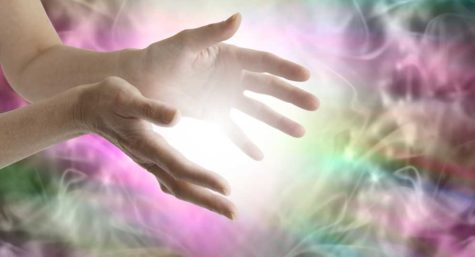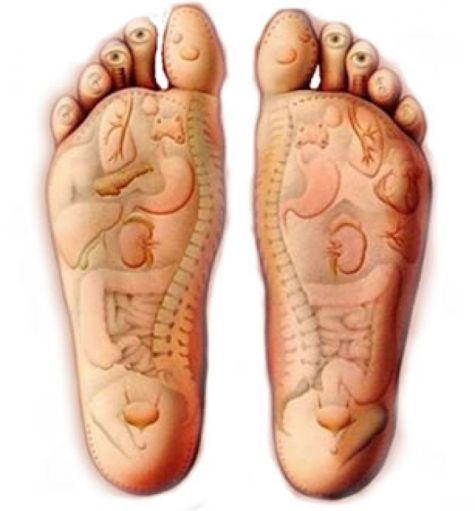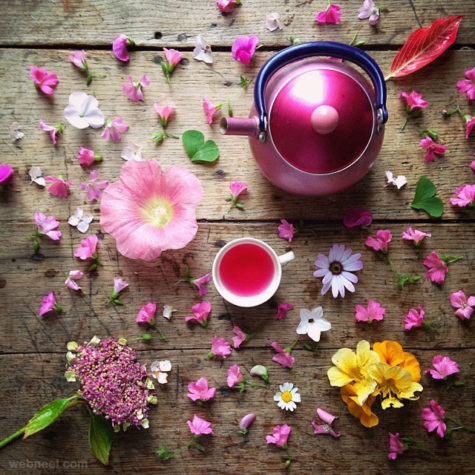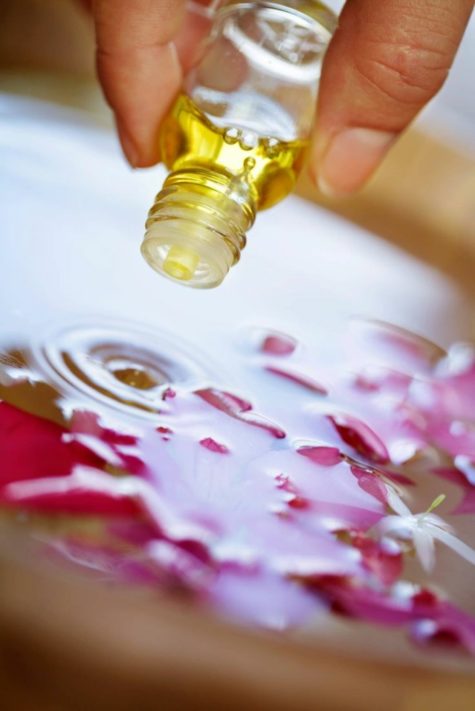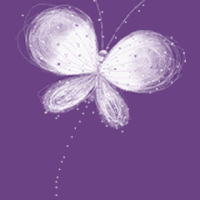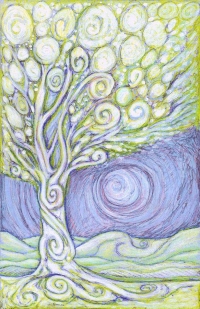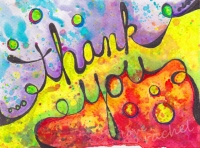General Information
What is Reiki?
Reiki is a Japanese technique for stress reduction and relaxation that also promotes healing. It is administered by “laying on hands” and is based on the idea that an unseen “life force energy” flows through us and is what causes us to be alive. If one’s “life force energy” is low, then we are more likely to get sick or feel stress, and if it is high, we are more capable of being happy and healthy.
The word Reiki is made of two Japanese words – Rei which means “God’s Wisdom or the Higher Power” and Ki which is “life force energy”. So Reiki is actually “spiritually guided life force energy.”
A treatment feels like a wonderful glowing radiance that flows through and around you. Reiki treats the whole person including body, emotions, mind and spirit creating many beneficial effects that include relaxation and feelings of peace, security and well being. Many have reported miraculous results.
Reiki is a simple, natural and safe method of spiritual healing and self-improvement that everyone can use. It has been effective in helping virtually every known illness and malady and always creates a beneficial effect. It also works in conjunction with all other medical or therapeutic techniques to relieve side effects and promote recovery.
More Reiki information can be found here: Twofeathers Reiki
About Reflexology
Reflexology involves the use of different massage and pressure techniques to relax and loosen muscles in the feet and hands. Reflexology is based on the concept that energy zones connect certain areas of the body to the feet and hands. In this way the feet and hands are viewed as maps or mirrors of the body. Putting pressure on and massaging specific points on the feet or hands is believed to affect the corresponding area of the body.
Each foot contains more than 7,000 nerve endings. Technically, foot massage with a clear intention to manipulate these nerve endings is a form of reflexology. To an extent, reflexology can be performed on oneself.
Source: Holistic and Complementary Therapies
About Massage Therapy
Massage therapy is the manipulation of muscle and connective tissue to enhance function and promote relaxation and well-being. It is an alternative and complementary healing modality that dates back to prehistoric times.
Massage therapy can be as simple as a back rub performed by a loved one or as complex as sustained light and deep tissue massage performed by a massage therapist.
Different types of massage therapy and techniques exist. Massage therapy can include pressing, rubbing, pulling, staccato touch, light touch, gliding strokes, matching, back walking, kneading, tapping, shaking, and cupping. These various techniques are practiced differently from culture to culture and may be given different names.
Source: Holistic and Complementary Therapy
About Herbal Therapy
Herbal therapy is the use of an herb or any part of a plant for culinary or medicinal purposes. Herbal therapies are also sometimes referred to as “botanicals,” “nutraceuticals,” or “phytomedicines.” Dietary supplements are considered a part of herbal therapy.
Until the 1950’s, the United States federal government regulated herbs as drugs. For example, in 1938, the U.S. Food and Drug Administration passed the Food, Drug, and Cosmetic Act, which required all drugs, including herbs, to be proven safe before they could be sold. In 1962, the Food, Drug, and Cosmetic Act was amended by the Kefauver-Harris Drug Amendments, which required manufacturers to also prove to the FDA the effectiveness of drugs and herbs before they could be marketed.
Parts of herbs used in herbal therapies include flowers, fruits, seeds, stems, wood, bark, roots, and rhizomes. Herbal remedies are dispensed as brews and powders and can be used in cooking or making drinks. Herbalists, in some cultures referred to as shamans, or traditional healers, also make ointments and poultices out of herbs.
Herbal therapy has been the core of most systems of medicine from the beginning of civilization, and herbs are quickly becoming one of the most commonly used alternative therapies. Some commonly used herbs with therapeutic value are:
- Echinacea – immune stimulant and anti-infection agent
- Ginger – antinauseant and antispasmodic
- Ginseng Root – increased stamina and decreased fatigue
- Kava Kava – calming effect
- St. John’s Wort – anxiolytic and antidepressant
Much more in depth information on herbs and herbal therapies can be found here:
Source: Holistic and Complementary Therapies
About Aromatherapy
Aromatherapy involves the use of essential oils (extracts or essences) from flowers, herbs, and trees to promote health and well-being. In the past decade, most people have turned to natural alternative therapies, such as aromatherapy, to treat stress and relieve disease symptoms.
Essential oils can be used in a variety of therapeutic ways. In addition, many essential oils are potent antibiotic agents. Aromatherapy can also be used to promote sleep, alleviate anxiety or pain, and improve mood. Although the psychological benefits of aromatherapy have been shown, the physiological benefits of essential oils, specifically their antibacterial effects, are still debatable.
Two classical essential oils are lavender and peppermint. Lavender is used to reduce stress and depression and promote relaxation; peppermint is used to treat headaches, digestive disorders, and muscle aches.
Source: Holistic and Complementary Tharapies
